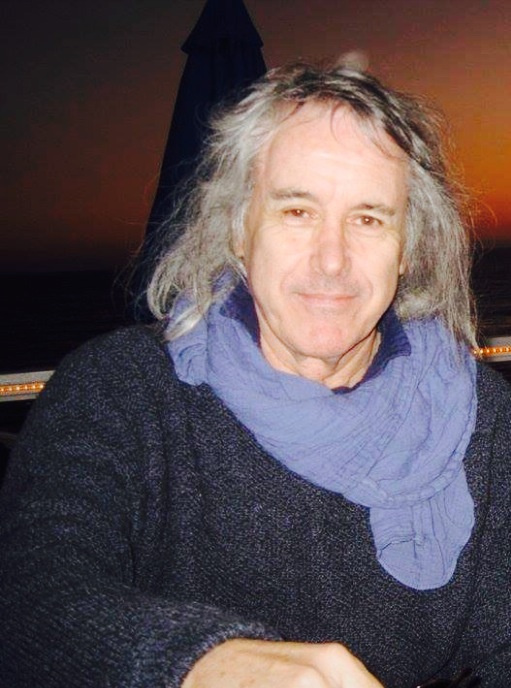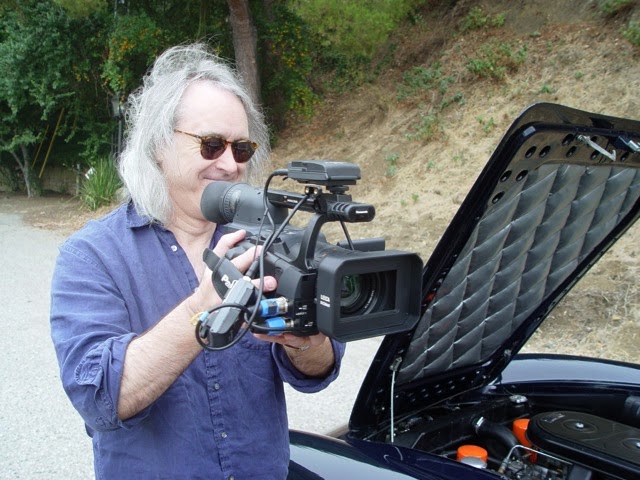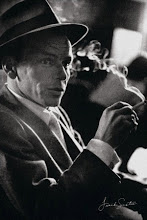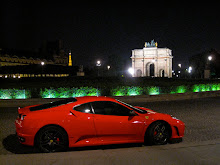
I was shooting a dinner party scene for my movie Woman on the Beach one evening in a house in the Malibu hills overlooking the ocean. The scene showed a well-known artist played by Margareta Sjödin (who happens to be a well-known artist in real life) introducing her new romantic interest--a football player--to a circle of her cosmopolitan friends comprised of an art critic, a gallery owner, an art publisher and a publicist (played by Kathi Carey). The conversation was erudite and intentionally focused on the inner workings of the art world. It was a moment in the story where the new boyfriend is being tested to see if he could hold his own in their court.
More important than what was being said by the characters was the way it was being received--the unspoken undercurrent of opinion, pride and prejudice should be palpable and would predetermine the future of the relationship in question. After shooting all the dialogue, I had the impression that the scene was incomplete and hadn't captured the dynamic of judgment that I wanted. It was already late in the evening and I was loath to rewrite the scene. After some reflection, I came up with a solution.
I put the camera on one of the actors at the dinner table--first in a medium shot, then in close-up--and filmed a variety of reactions by asking him to smile, look to another actor for his/her reaction, show me you don't like what you heard, show me you just got stung by a remark, look surprised, etc. I then filmed each of the actors in turn getting an abundance of reactions not knowing which I would use but feeling I had more than I needed to make the scene perform its function.
I never had as much fun editing a scene as I did cutting together that dinner party. The interaction was excruciatingly revealing in a way and to an extent that dialogue could never have accomplished. That night, the Action/ReAction technique I created and refined for actors was born. Audiences became so involved with the characters in that scene that I knew the technique had to be incorporated not only in the way I would shoot movies in the future, but also in the way the actors delivered their performances to me and other directors with whom they would work.
I didn't realize it at the time but these reactions along with the other elements of the technique would be indispensable in branding actors and helping to create a demand for them not just from audiences but from those who hire actors to do the work.
























































No comments:
Post a Comment